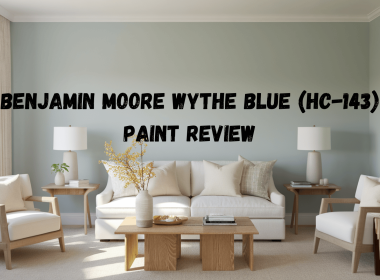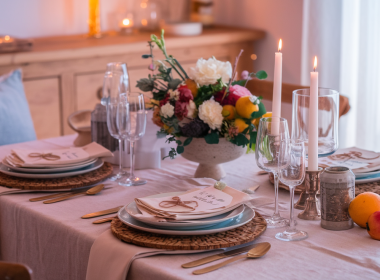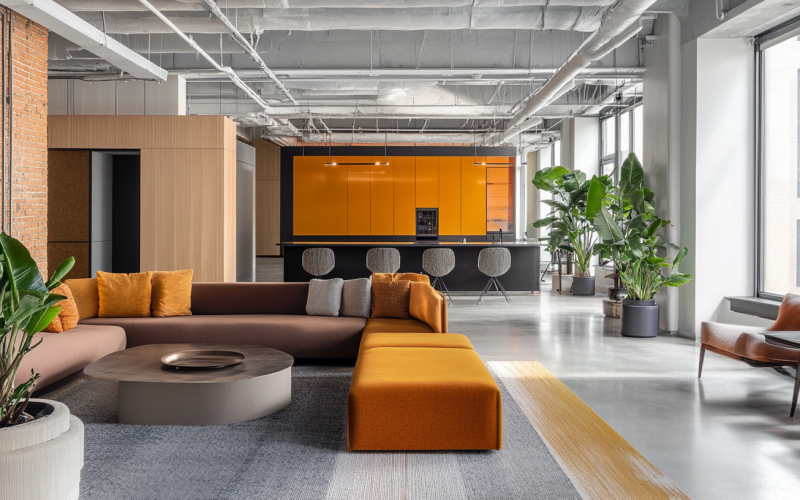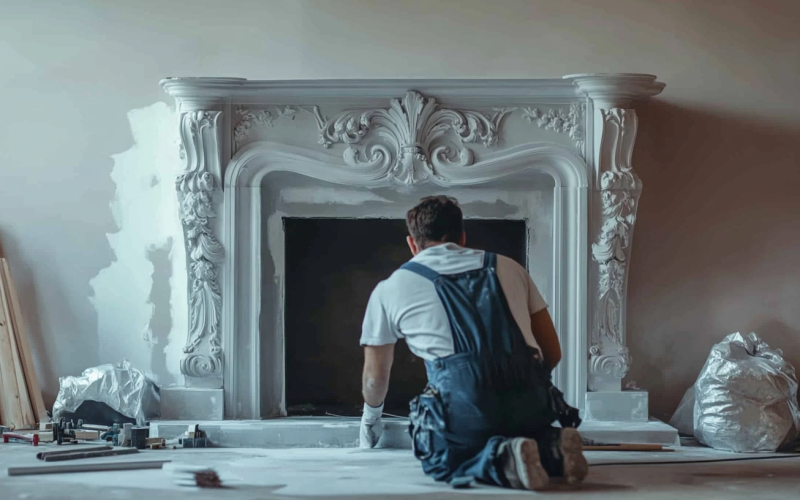In an ever-evolving professional landscape, the design of office spaces has become a crucial aspect of business success. The traditional notion of a static, uninspiring workplace is being replaced by dynamic environments that foster creativity, collaboration, and well-being.
This shift is driven by the understanding that the office is not just a place to work, but a space that can significantly impact employee performance and satisfaction.
In this context, the integration of architectural design with furnished spaces has emerged as a pivotal trend, reshaping how we think about and experience our workplaces.
Overview of Current Trends in Office Design
Today’s office design trends are a reflection of broader changes in how we live and work. The rise of open-plan layouts, flexible workspaces, and the increasing prevalence of remote work are all influencing the design choices made by businesses.
Open-plan offices aim to break down physical barriers, encouraging spontaneous interactions and fostering a sense of community. Flexible workspaces, equipped with modular furniture and adaptable layouts, allow for a more dynamic and responsive environment that can be tailored to various activities and needs.
Remote work has also had a profound impact on office design. With more employees working from home, the traditional office must now offer something unique and compelling to entice them back. This has led to the creation of spaces that prioritise comfort, well-being, and a sense of belonging, offering amenities and environments that are conducive to both focused work and social interaction.
Importance of Combining Architectural Design with Furnished Office Spaces

While trends in office design are important, the real magic happens when architectural design is seamlessly integrated with furnished spaces. This holistic approach ensures that the office is not only aesthetically pleasing but also highly functional and supportive of the company’s goals and values.
Combining architecture with furnished spaces means that the design of the building and its interiors are considered together from the outset. This integration allows for a more cohesive and intentional design, where every element works in harmony. It’s about creating spaces that are not only visually appealing but also enhance the way people work and interact.
Modern Office Trends
The modern office is characterized by several key trends:
- Open-Plan Layouts: These designs eliminate traditional barriers, creating a more inclusive and collaborative environment. However, it’s crucial to balance openness with areas for privacy and focused work.
- Flexible Workspaces: The ability to adapt and reconfigure spaces quickly are invaluable. Modular furniture, movable walls, and multipurpose areas allow offices to evolve with changing needs.
- Remote Work Accommodations: Offices are now designed to support remote and hybrid work models. This includes creating spaces that are well-equipped for virtual meetings and providing areas where remote workers can drop in and feel part of the team.
These trends influence not only the layout and design of office spaces but also the choice of furnishings. Furniture must be versatile, comfortable, and conducive to both individual and collaborative work.
Benefits of Merging Architecture and Furnished Spaces
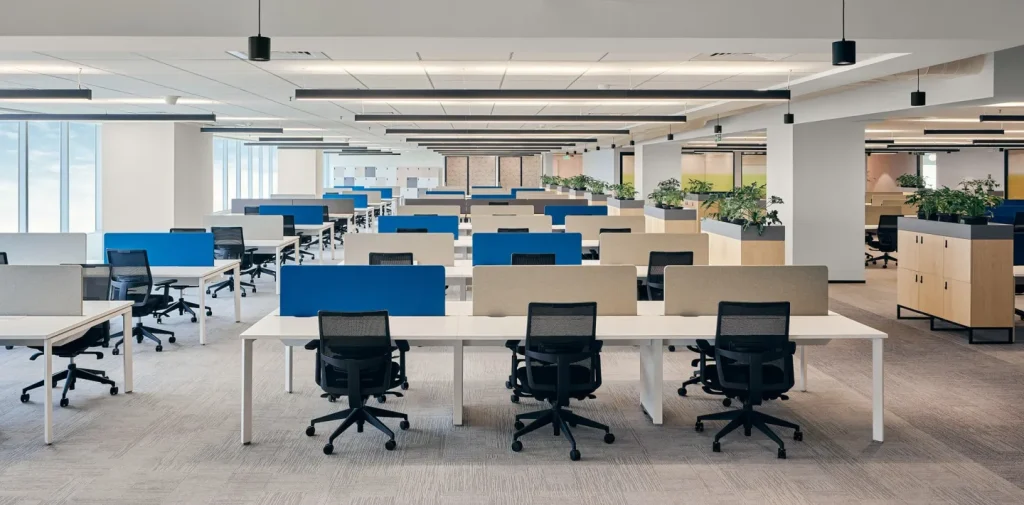
The benefits of merging architectural design with furnished spaces are manifold:
- Enhanced Productivity and Employee Satisfaction: Thoughtfully designed spaces that cater to different work styles and needs can significantly boost productivity. Employees who feel comfortable and supported in their work environment are more likely to be engaged and satisfied.
- Improved Aesthetics and Functionality: A cohesive design approach results in spaces that are not only beautiful but also functional. When architecture and furnishings are considered together, the result is a harmonious environment where every element serves a purpose.
Case Studies
Case Study 1: Google Offices
Google’s offices worldwide are a prime example of successful integration of architecture and furnished spaces. Their open-plan layouts and flexible work areas encourage innovation and collaboration.
Google’s offices are designed to be fun and engaging, with a variety of spaces for different activities, from focused work to relaxation. This design philosophy has contributed to Google’s reputation as a desirable place to work, attracting top talent and fostering a creative and productive work culture.
Case Study 2: WeWork
WeWork’s co-working spaces exemplify the blend of architecture and furnishings. Each WeWork location is designed to reflect the local culture and aesthetic, while also providing flexible workspaces that can accommodate a variety of businesses and work styles.
The use of high-quality, ergonomic furniture and thoughtful layout design ensures that members have everything they need to be productive and comfortable.
Testimonials
Businesses that have embraced this integrated approach report numerous benefits. For instance, a tech startup that recently revamped its office space noted a significant increase in employee satisfaction and a noticeable boost in productivity.
Employees appreciated the variety of workspaces available, allowing them to choose the environment that best suited their needs throughout the day.
Future Predictions
Looking ahead, several emerging trends are likely to shape the future of office design:
- Sustainability: Eco-friendly design practices will become increasingly important. This includes the use of sustainable materials, energy-efficient systems, and designs that promote natural light and ventilation.
- Technology Integration: Smart office technology will play a crucial role. From advanced HVAC systems that improve air quality to IoT devices that allow for personalized work environments, technology will enhance both comfort and efficiency.
- Well-being Focus: Offices will continue to prioritize employee well-being, incorporating elements like biophilic design, wellness rooms, and on-site fitness facilities.
- Hybrid Workspaces: As remote and hybrid work models become more entrenched, offices will need to provide versatile spaces that support both in-person and remote collaboration.
Conclusion
The integration of architectural design with furnished spaces is not just a trend; it’s a fundamental shift in how we think about and design work environments. By considering architecture and furnishings together, businesses can create spaces that are not only aesthetically pleasing but also highly functional and supportive of their employees’ needs.
In today’s competitive landscape, an office that enhances productivity, fosters innovation, and promotes well-being can be a significant asset.
As we look to the future, it’s clear that thoughtful, integrated design will continue to play a crucial role in shaping the way we work and interact. Businesses that embrace this approach will be well-positioned to attract top talent, foster a positive work culture, and achieve long-term success.

